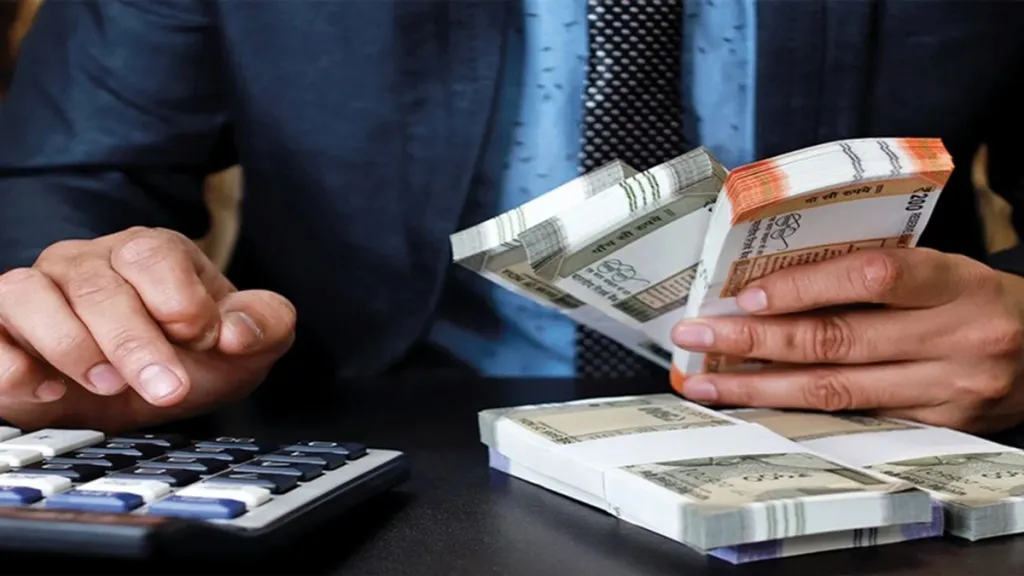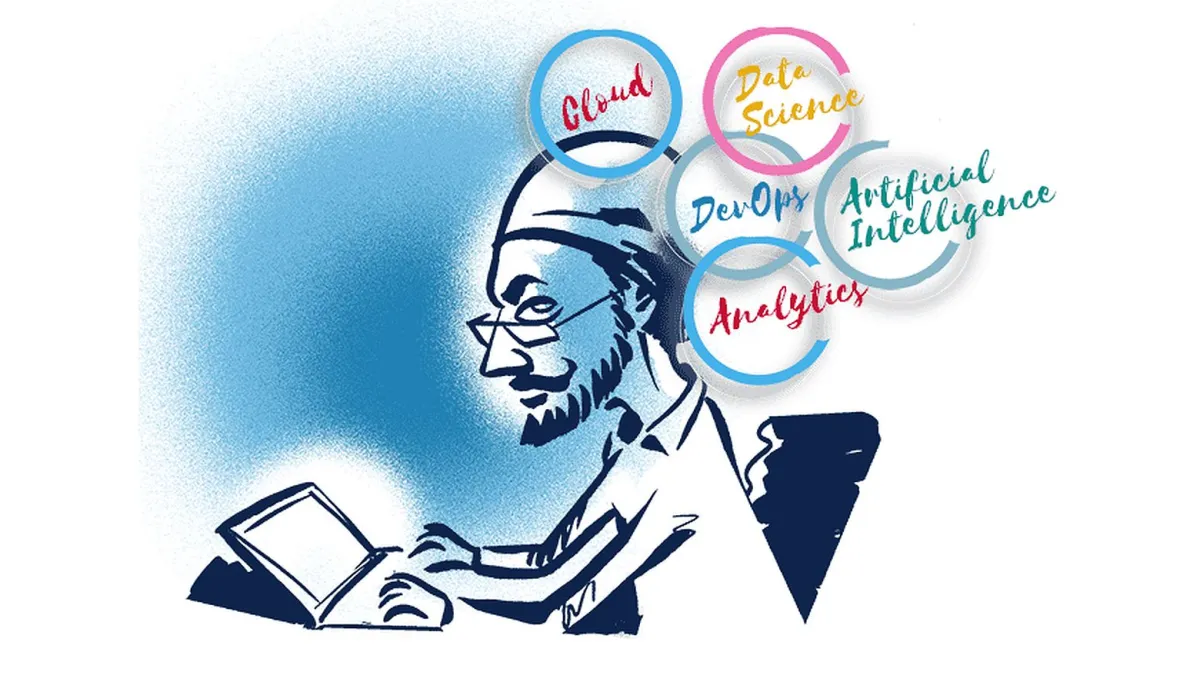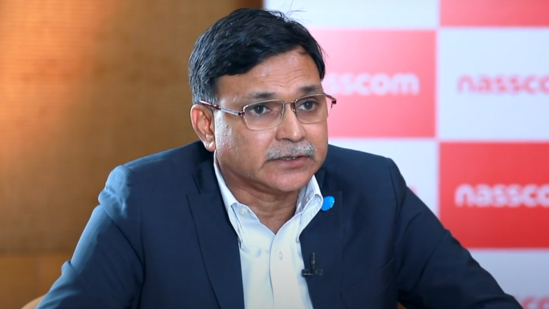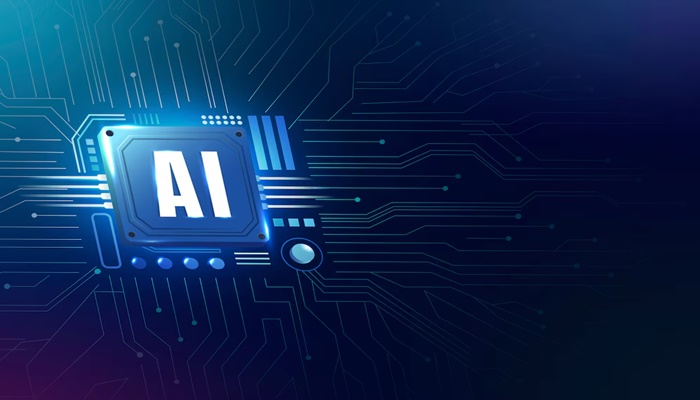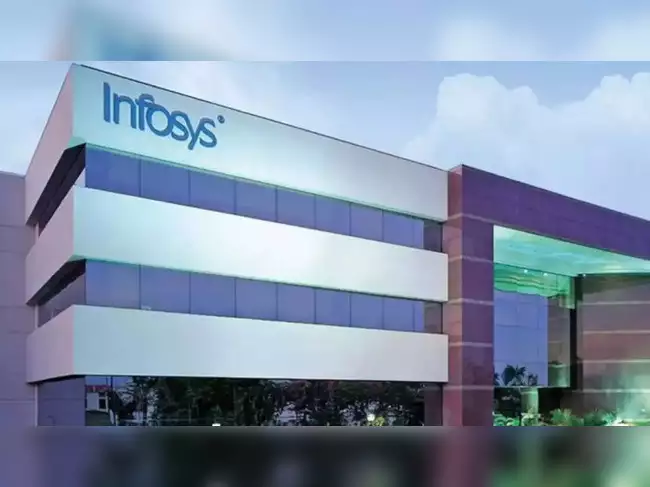India’s IT industry — with revenue of about $283 billion this financial year — is perhaps undergoing a tectonic shift in its decades-old organisational structure as automation, artificial intelligence (AI), and generative AI (Gen AI) redefine skillsets and reduce the need for entry-level engineers.
Traditionally, IT services firms followed a pyramid structure, with a broad base of fresh graduates supporting scalability and a large bench strength ready for deployment.
Now, this model is evolving into a diamond-shaped structure, characterised by fewer entry-level hires and a growing mid-tier workforce with 5 to 13 years of experience.
Data sourced from specialist staffing firm Xpheno show that the seven top Indian IT services companies and ten mid-tier ones currently have about 695,500 people at the mid-junior to mid-senior level with five to thirteen years of experience.
In comparison, freshers, entry-level, and junior engineers stand at about 530,150 — a clear tapering of the structure.
“The distribution does have a big fat middle layer. The hyper-hiring phase in 2021-2022 has contributed to a broad layer of junior talent falling in the three-to-five-year bracket, and also to a wider mid-layer in the five-to-nine and nine-to-thirteen layers, Kamal Karanth, co-founder and CEO, Xpheno, said.
“These are also the layers where the highest churn occurred during the buoyancy. The layers below have relatively shrunk due to the low intake volumes in the last three intake cycles,” added Karanth.
A slow-growth environment over the last three years has also contributed to this.
Companies now need more experienced people to work on live projects quickly, according to experts.
“The structure will evolve. It depends on the people and how much we hire and train them. Depending on that, the structure will change and will be more like a diamond structure rather than a normal pyramid one,” C Vijayakumar, CEO and MD, HCLTech, told Business Standard.
The change means a shrinking pool of employees at the base level and more engineers at the mid-level with experience ranging between 5 and 13 years as more code writing gets automated.
Experts say this change is likely to take a firmer shape going forward, as the industry is unlikely to hire at the scale it did earlier, with clients looking for more efficiency to be passed on to them in a slow-growth environment.
While HCL will continue to hire a lot of entry-level engineers, Vijayakumar added the “expectation from them will be higher so that instead of just writing codes, they can validate the codes written by coding assistants.”
On the other hand, the cost of training freshers and making them billable for clients is a significant investment in money and time, which many companies will be cautious about in a volatile macroeconomic environment.
If hiring were to slow down the next financial year, the change in shape will only become more profound.
‘As more and more work becomes automated and a range of lower-level and higher-level tasks are replaced by AI, the need for a classic command-and-control pyramid structure goes away. In fact, automation and AI break off chunks of the pyramid. As more humans manage more bots, the pyramid looks more like a diamond,’ Ray Wang, founder and chairman of Constellation Research, wrote in a blog in March.
However, challenges remain, and the most critical one is reskilling the workforce at scale while also pivoting delivery and engagement models and maintaining operating margins.
Hansa Iyengar, an independent analyst, said that margins are likely to compress initially due to reskilling investments, but can recover as AI efficiencies scale up.
“There will also be initial dents in profitability as vendors pivot, but long-term cost savings and higher-value engagements will reverse that trend as productivity per employee improves.”
It is also undeniable that the pyramid structure lends scalability and for any IT services business, entry-level engineers are a must.
“Some of that is up in the air as to if it is not a pyramid, how do you create the scale,” Rohit Kedia, CEO, Xoriant, said.
“But I think solutions will emerge and the most important things for the next two years will be companies investing in reskilling and having clarity on what is the skillset of a new software engineer and are they going to invest in that. Those that do will remain competitive.”



